Visual evidence provides the gold standard of truth. So it is that the news or documentary footage has an uncanny ability to take us in, presenting the illusion of an eyewitness experience, even though it is always a construction and not the truth. The rise of deepfake technology takes this a radical step further. The consequences for our trust in any testimony are profound, writes Don Fallis.
In order to survive and flourish, people need to constantly acquire knowledge about the world. And since we do not have unlimited time and energy to do this, it is useful to have sources of information that we can simply trust without a lot of verifying. Direct visual perception is one such source. But we cannot always be at the right place, at the right time, to see things for ourselves. In such cases, videos are often the next best thing. We can find out what is going on at great distances from us by watching videos on the evening news, for instance.
Moreover, we make significant decisions based on the knowledge that we acquire from videos. Videos recorded by smart phones have led to politicians losing elections (see Konstantinides 2013), to police officers being fired and even prosecuted (see Almukhtar et al. 2018), and, most recently, to mass protests around the world (see Stern 2020). And we are significantly more likely to accept video evidence than other sources of information, such as testimony. Thus, videos are extremely useful when collective agreement on a topic is needed (see Rini 2019).
But the value of videos as a source of knowledge is now under threat by deepfakes—realistic videos created using new machine learning (specifically, deep learning) techniques (see Floridi 2018). Deepfakes can depict people saying and doing things that they did not actually say or do. A high-profile example is “face-swap porn” in which the faces in pornographic videos are seamlessly replaced with the faces of celebrities (see Cole 2018). But for almost any event, these techniques can be used to create fake videos that are extremely difficult to distinguish from genuine videos. Notably, the statements or actions of politicians, such as former President Obama, can be, and have been, fabricated (see Chesney and Citron 2019; Toews 2020).
Deepfake technology threatens to seriously interfere with our ability to acquire knowledge from videos.
In the news media and the blogosphere, the worry has been raised that, as a result of deepfakes, we are heading toward an “infopocalypse” where we cannot tell what is real from what is not (see Rothman 2018; Schwartz 2018; Warzel 2018; Toews 2020). Philosophers, such as Deborah Johnson, Luciano Floridi, and Regina Rini (2019) and Michael LaBossiere (2019), have now issued similar warnings. As Floridi puts it, “do we really know what we’re watching is real? ... Is that really the President of the United States saying what he’s saying?”







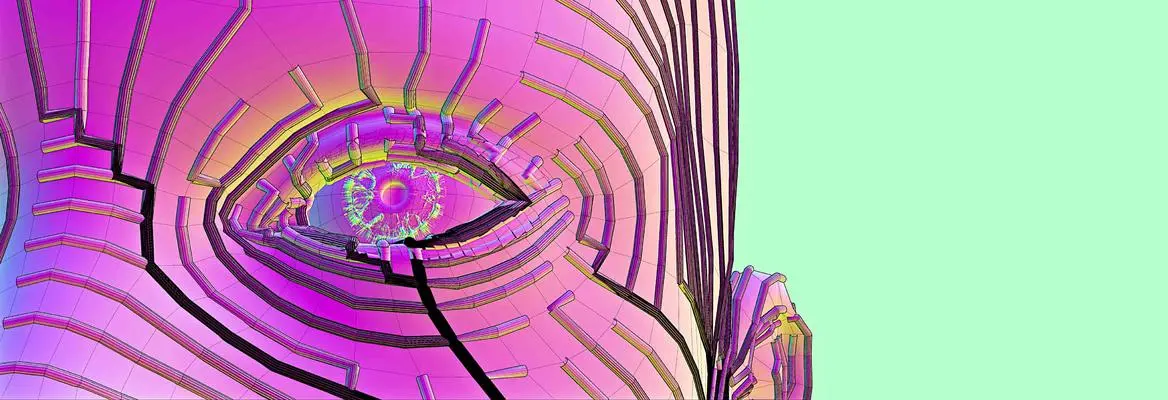




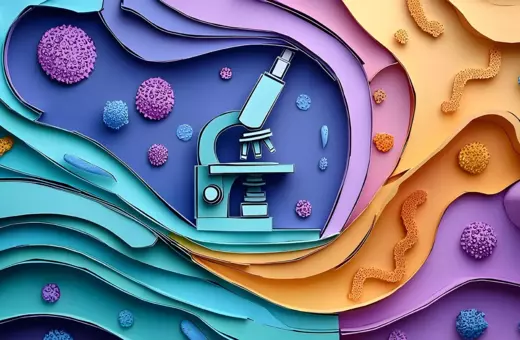
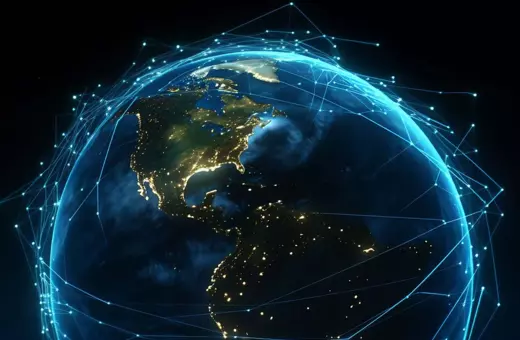

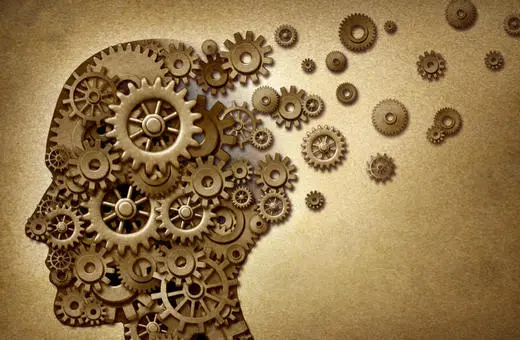
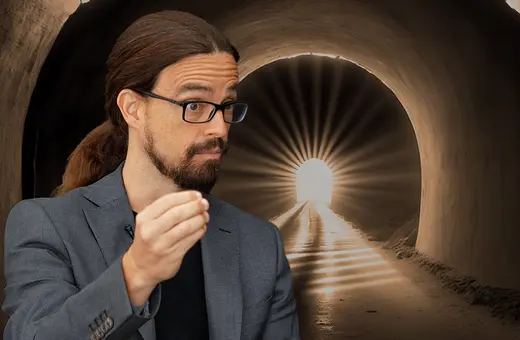
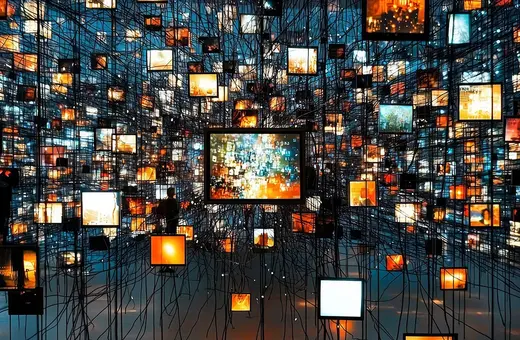
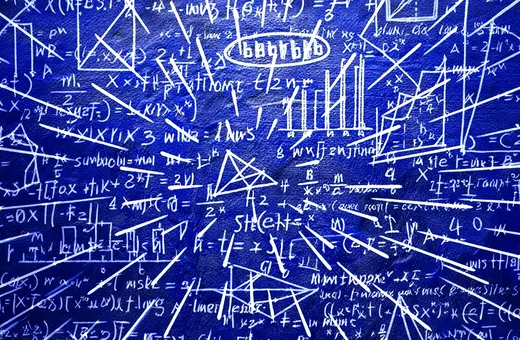
Join the conversation